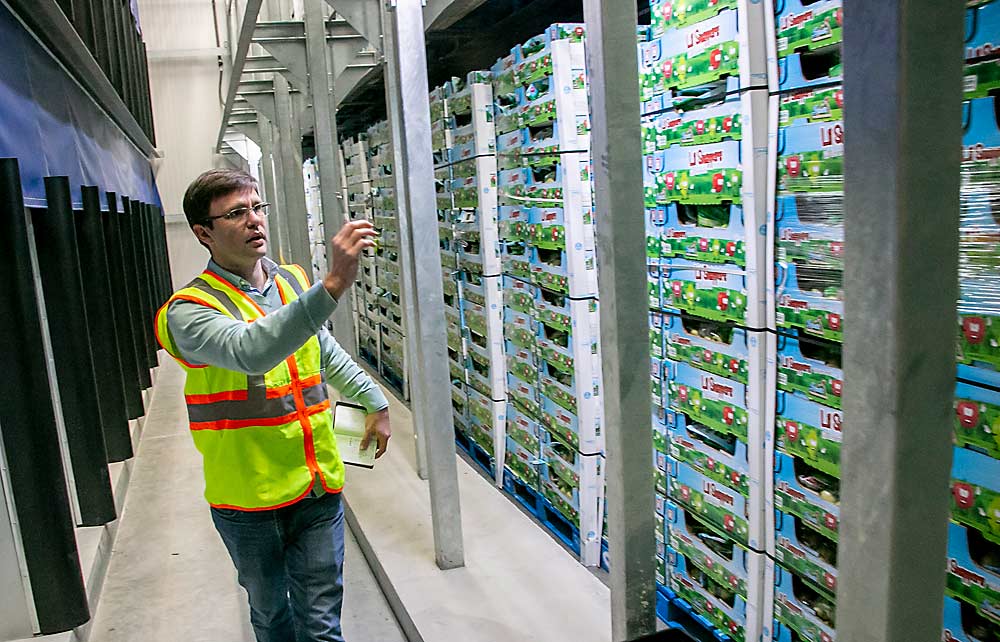
Consumer demand for pears showed signs of growth in 2020, a signal some in the industry interpret as evidence that efforts to better manage fruit quality postharvest have begun to pay off.
“I feel like for the first time in a while, we are getting consumers to pull pears into their baskets, instead of us pushing them with low prices,” Bob Catinella, the East Coast marketing manager for USA Pears, told Pear Bureau Northwest members at the organization’s annual meeting in June. A few years ago, the industry was worried about losing retail shelf space to other fruits, but pears’ section size and price point remain strong, he said.
Pear Bureau President Kevin Moffitt attributes that positive momentum, in part, to the growth in Anjou conditioning. Of the 200 or so retailers the pear industry supplies, more than 55 now want conditioned Anjous at certain points during the season, he said, which accounts for about 30 percent of domestic green Anjous shipped. Later in the storage season, Anjous typically ripen well on their own, he added.
“The ripening itself is fairly straightforward, but what you need to have is continuous communication with retailers,” Moffitt said. “It’s a four- to five-day process, and if the retailer all-of-a-sudden changes the order, it can throw a big wrench in the system. It’s important to understand that you can’t just turn this on and off very quickly.”
It’s taken years to build the industry’s capacity to handle those challenges, but it’s starting to “click,” Moffitt said. “Sampling gives you a bump, just like a good ad, but not the over-time increases that are building the category and building repeat purchases (that conditioned pears with great flavor can do). That’s what is exciting.”
Pearfect logistics
With the help of new technologies, packers are getting closer to mastering the logistical challenges that come from managing for fruit quality — and starting to reap the benefits.
“We’re actually seeing retailers increasing sales. We’re selling more pears as a result of the ripening process,” said West Mathison, president of Stemilt Growers of Wenatchee, Washington. “I have to say, managing the apple supply chain is a lot easier than managing the pear supply chain.”
Mathison and Doug Gibson, vice president of Mount Adams Fruit, shared how technology and data have enabled more precision pear packing at the Washington State Tree Fruit Association’s annual meeting in December.
Customers are starting to demand ripened Anjous, Gibson said. That’s increasing consumer satisfaction and warehouse logistics.
“We’re choosing the right pear, ripening it to the right level, and understanding how far away that pear is going,” Gibson said. “We have to make sure to track that pear, so our quality control extends to make sure the fruit is maturing throughout the process.”
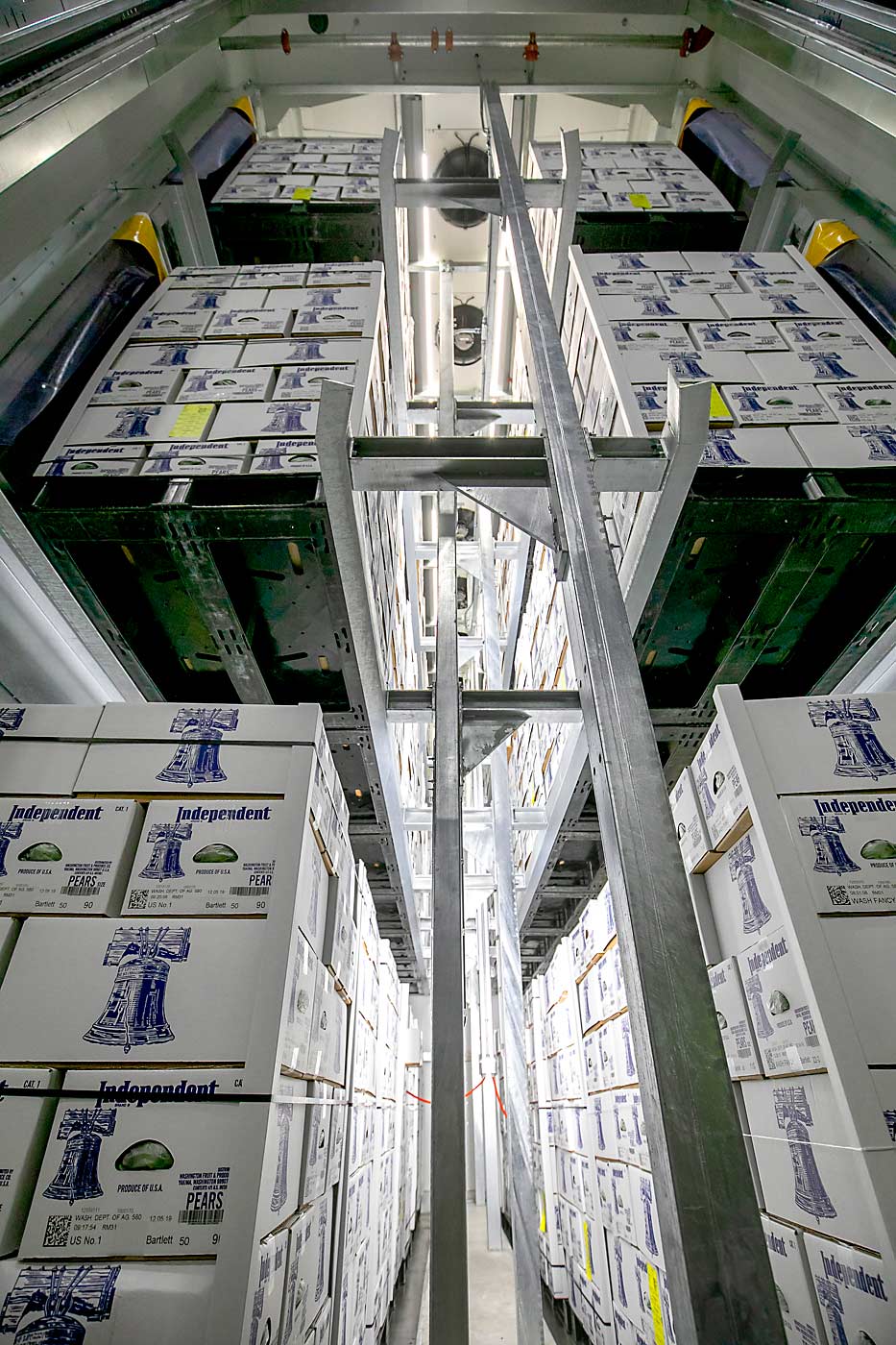
Mathison said the Croptracker software system helps the company plan the put-away process more efficiently, using data on the storage condition of each grower lot as it arrives — specifically, the degradation curves of starches and pressures — to understand market destination and target different storage regimes. Similarly, Gibson’s company uses Salesforce software to map the season.
Unlike apples, which are stored in the bin and then packed just before shipping, Stemilt packs the pears for long-term controlled-atmosphere storage first, then transfers them to CA already packed. That can mean a lot of costly repacking when customers’ orders differ from what the company expected at harvest, Mathison said.
Collecting data on the reason for repacks — be it a defect such as scald or cork, a packing mistake or a sales problem — and data on the loss makes the issue more transparent and helps the company to improve, Mathison said.
Gibson agreed. “There’s a lot of dollars in those little numbers. It really affects the growers,” he said.
Upgrading the company’s optical defect sorting also helped the company get the right pears in the right place, Gibson said.
“Our new line is helping us bring more good pears up into higher rates as we standardize,” Gibson said. “We’ve seen a huge impact in a positive way with our new defect sorter.”
Other technological innovations they cited include automated storage and retrieval systems to ensure the robots select the right pallet every time. With growing complexity and up to 20 different SKUs now in a single truck (the average used to be five), that’s no small task.
“I’m really optimistic about the pear industry,” Mathison said. While apples grow in dozens of states, only select locations in Oregon and Washington can grow high-quality pears with storage potential, he said, and there’s “a lot of headroom” to take advantage of that with better quality-control practices.
—by Kate Prengaman

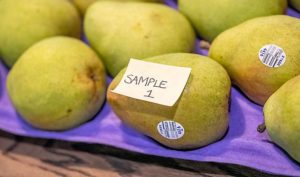
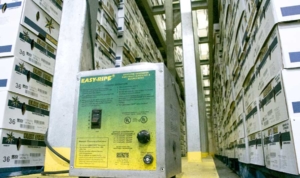
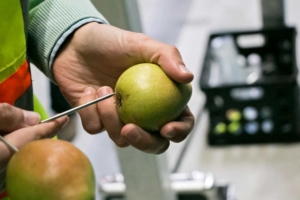





Leave A Comment